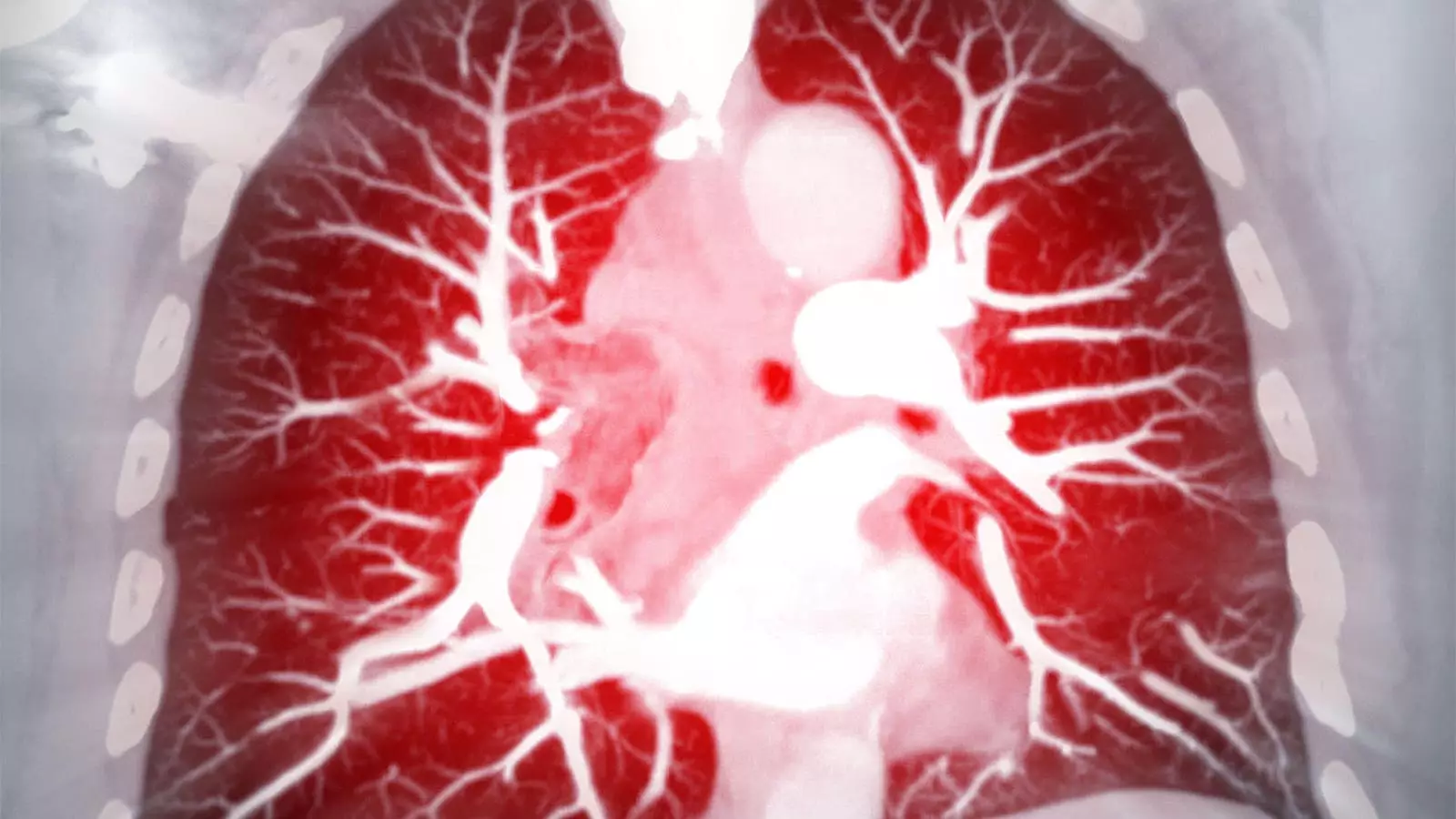In March, the FDA granted approvals to two significant treatments for pulmonary arterial hypertension (PAH), a condition that affects blood pressure in the lungs, making daily activities exhausting and potentially life-threatening. These two treatments, combination macitentan/tadalafil (marketed as Opsynvi) and the biologic therapy sotatercept (known as Winrevair), have marked a new era in PAH management. This article examines their clinical implications, uptake, and ongoing challenges faced by healthcare providers and patients alike.
The rapid approval of sotatercept, the first activin-signaling inhibitor for PAH, comes on the heels of encouraging results from pivotal trials, particularly the phase II PULSAR trial, which underscored its potential to boost exercise capacity and mitigate clinical worsening in patients. Within a week of each other, both drugs received FDA endorsement, yet the differences in their acceptance and implementation have raised eyebrows among medical professionals. Dr. Kristin Highland from the Cleveland Clinic noted that sotatercept’s market uptake has exceeded expectations due to its impressive clinical evidence and the urgency of treatment needs among PAH patients. Conversely, Opsynvi’s introduction has been less successful, hindered predominantly by obstacles in insurance reimbursements and the existing availability of generic alternatives.
Sotatercept’s introduction has generated significant interest, particularly following the promising topline results from the ZENITH trial, which demonstrated a reduction in morbidity and mortality risk when combined with existing PAH therapies. The early termination of this trial due to clear benefits for participants illustrates the compelling efficiency of the drug. Dr. Highland noted transformative outcomes for some critically ill patients, emphasizing the potential for sotatercept to reposition patients on lung transplant lists.
However, as exciting as these developments are, it is essential to approach them with caution. Highland pointed out that being a new agent, sotatercept could present unknown long-term side effects, such as bleeding risks, and the sustainability of its benefits over time remains uncertain. Additionally, ongoing investigations—like the HYPERION trial, which focuses on newly diagnosed intermediate- and high-risk PAH patients—are crucial to understanding its broader applicability.
In contrast to sotatercept, macitentan/tadalafil was approved as the first dual-therapy single tablet for chronic treatment of PAH, combining a phosphodiesterase-5 (PDE-5) inhibitor and an endothelin receptor antagonist (ERA). This innovation aims to address compliance issues, given the cumbersome number of medications often prescribed to PAH patients. The A DUE trial showcased significant results, with improved pulmonary vascular resistance for patients on this fixed-dose combination compared to those receiving individual therapies.
Despite the clinical advantages, Dr. Highland highlighted hesitance among providers to adopt simultaneous combination therapy, particularly amongst patients with various comorbidities. Often, healthcare practitioners may opt for sequential therapy instead, driven by clinical caution. This resistance, compounded by payer restrictions and the complexity of prior-authorization processes, has impeded the adoption of both sotatercept and Opsynvi, despite their clinical promise.
The landscape of PAH treatment continues to evolve, and ongoing research promises to refine our understanding of both new and existing therapies. While combination macitentan/tadalafil offers a cohesive treatment approach that could simplify management for many patients, extending its benefit further into patient populations might require overcoming provider perceptions and an arduous insurance landscape.
Moving forward, clinicians must remain attuned to the findings of current trials examining the effects of both therapies in broader patient demographics. Particular interest lies in how sotatercept performs in post-capillary pulmonary hypertension settings and among patients who do not initially present as low-risk.
As more evidence emerges, optimal guidelines for implementing these therapies will become clearer, and the prospect of combining novel agents with traditional therapies may unlock new avenues for patient improvement. Ultimately, balancing clinical enthusiasm with prudence will be key in maximizing the therapeutic benefits for individuals battling PAH.
Both sotatercept and macitentan/tadalafil represent significant advancements in the treatment of pulmonary arterial hypertension. Nevertheless, ongoing research and a supportive healthcare infrastructure are essential to ensure these innovative therapies reach those who need them most, driving hope forward for an otherwise challenging diagnosis.


Leave a Reply